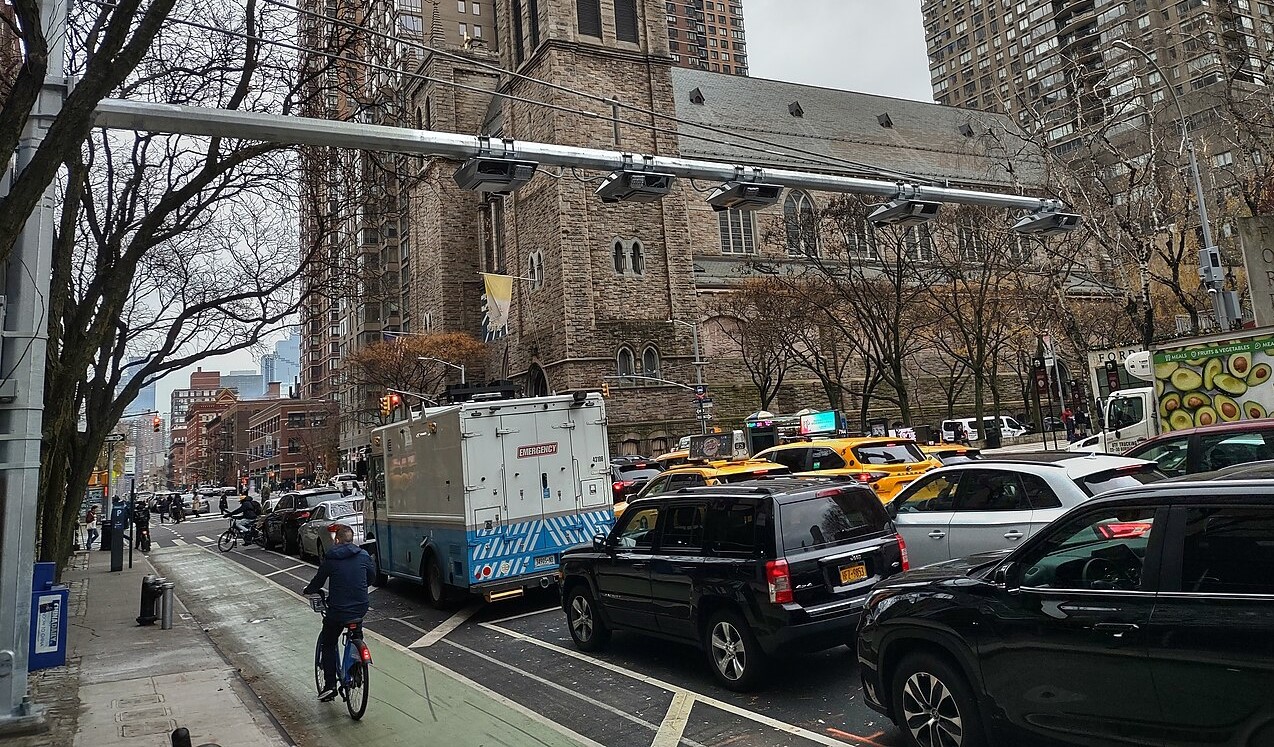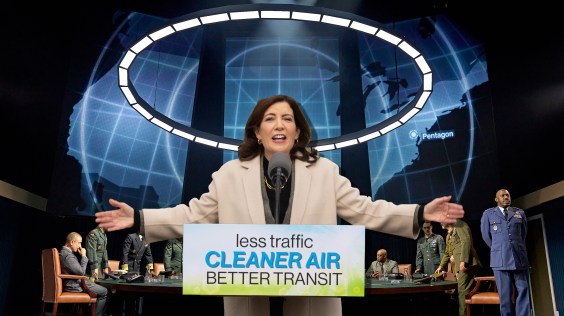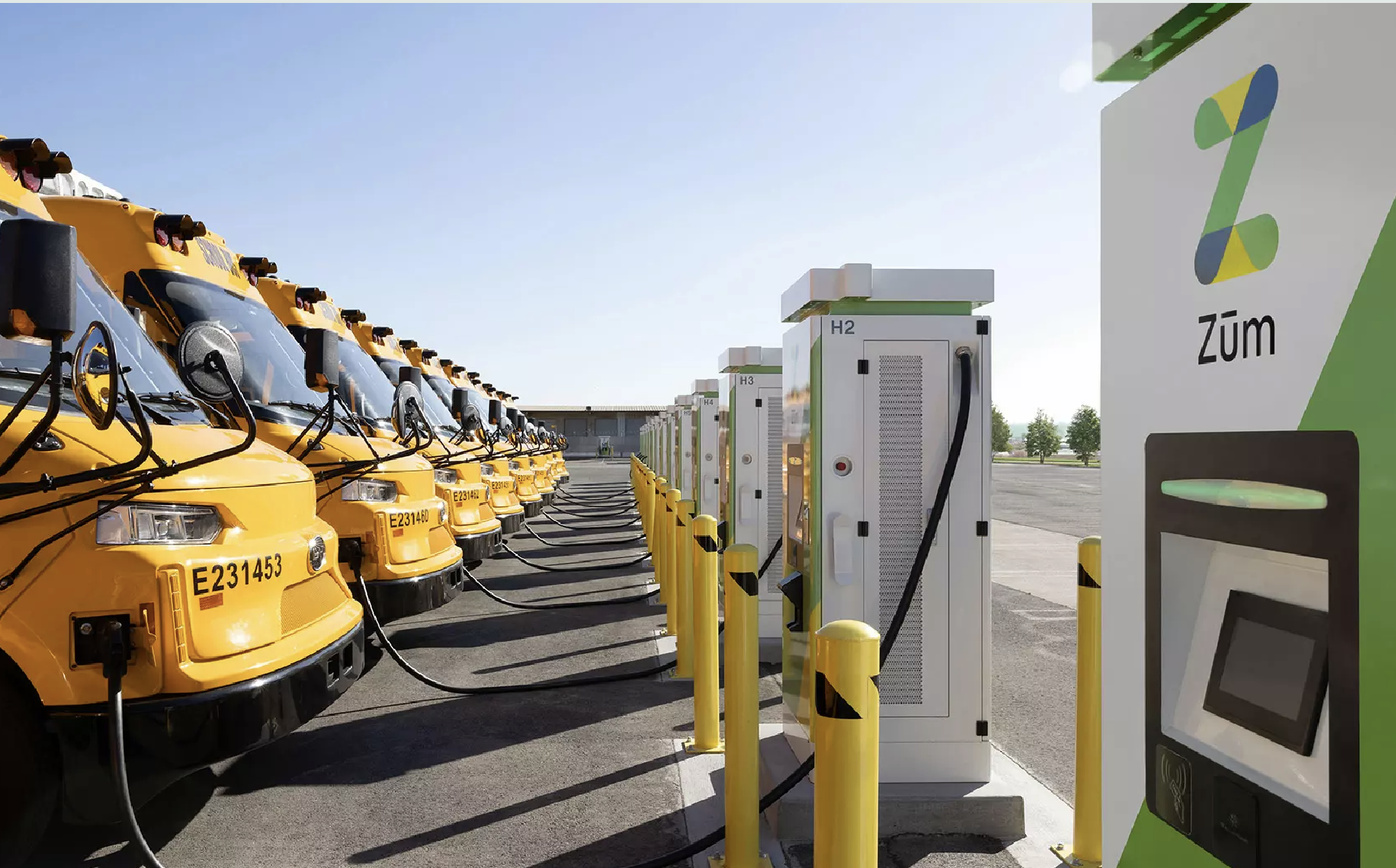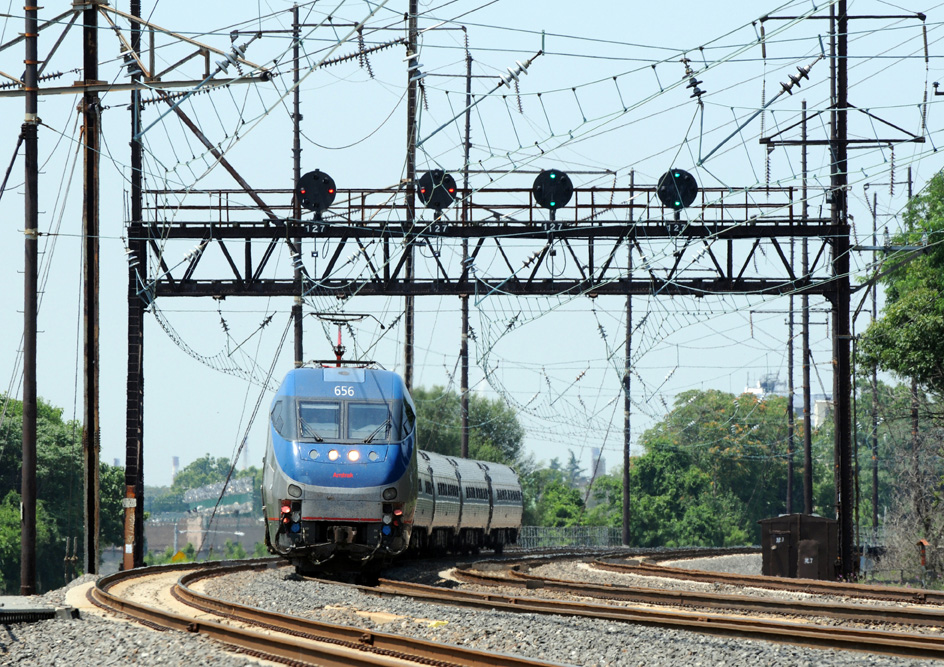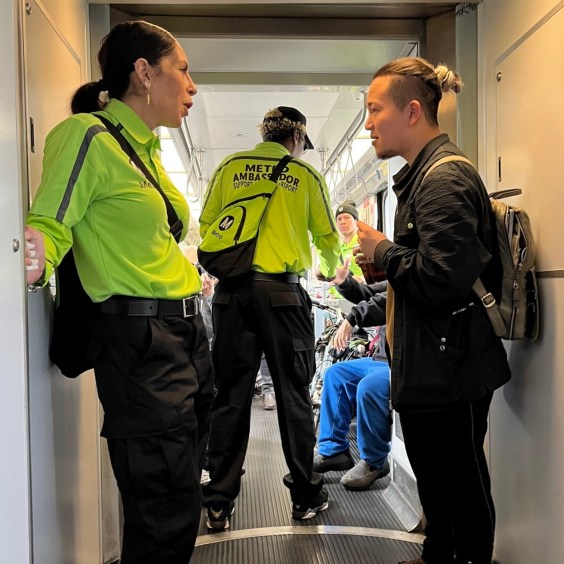
New Mobility Agenda's Eric Britton sends along sad news that Hans Monderman, the Dutch traffic engineer renowned for his innovative "shared space" plans emphasizing human interaction and negotiation over blind obedience to mechanical traffic control devices, died yesterday. He was a rare and radical traffic engineer who believed that the art and science of his profession could be used not just to facilitate the movement of motor vehicles but to build community and enhance human relationships. Britton writes:
I learned this morning of the sad news that our dear friend and colleague Hans Monderman has passed away. It is a great loss.
Hans was an exceptionally creative, energetic and original thinkerand doer, right up the middle of the New Mobility Agenda at its best.His specialty was not to write lots of fat reports or go toconferences, but rather to get out onto the street and show people andpolicy makers what can be done if we apply our minds to it.
His approach has been called "Designing for Negotiation", which hein his usual modesty admitted works better in some places than others.At busy urban intersections with slow traffic, he found that it isoften safer and more effective to get road users to focus on looking atone another instead of traffic control devices.
I had the opportunity to meet Monderman and see some of his work in Drachten and Groningen during a trip to the Netherlands in October 2006. In addition to being a major innovator, Hans was an incredibly nice guy, open and inviting. As much as he will be missed, I have no doubt that his ideas about traffic engineering and urban design will live on and come to be seen not as radical, but state-of-the-art, in cities around the world.

Drachten's busiest intersection before Hans Monderman.

Drachten's busiest intersection after Hans Monderman.
More on Hans Monderman:
- Wired Magazine: No street signs. No crosswalks. No accidents. Surprise: Making driving seem more dangerous could make it safer.
- New York Times: A path to road safety with no signposts.
- Streetsblog: German town chooses human interaction over traffic signals.
Monderman Photo: Aaron Naparstek, Drachten before photo courtesy of Ben Hamilton-Baillie, Drachten after photo Ben Behnke, Spiegel.

